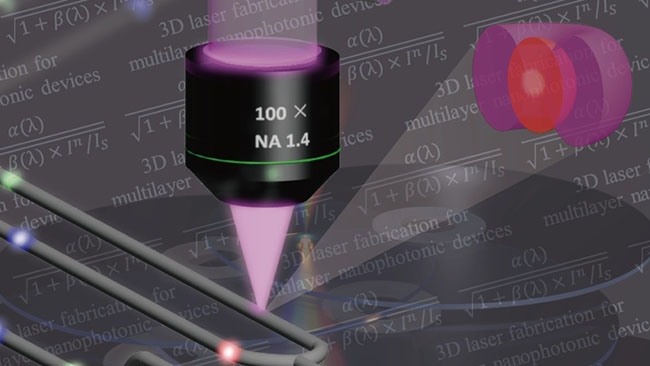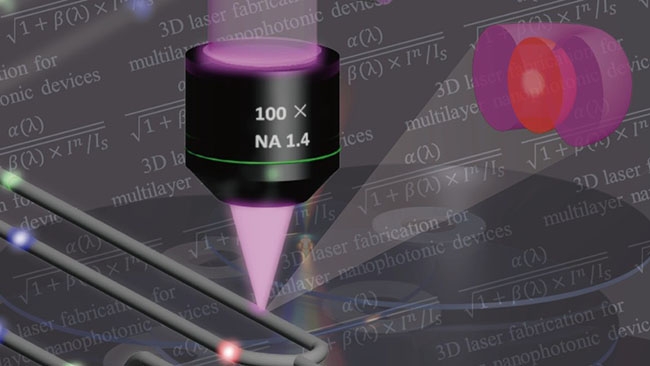
 How the two Lasers overlap
How the two Lasers overlap
Researchers at the Swinburne University of Technology in Australia have come up with a way around one of the limitations of optical storage, promising Optical Discs with up to a Petabyte of Capacity (that's a million Gigabytes)
The amount of data that can be stored on an optical disc is limited by the size of the dots that can be written to it with a laser, and that in turn is limited by the frequency of the laser. DVD's which use red lasers can store roughly 4.3GB per layer whereas Blu-Ray discs can hold 25GB per layer because their Blue laser light has a considerably higher frequency.
The limiting factor is know as Abbe's Law, after German physicist Ernst Abbe who was the research director at the Zeiss Optical works at the end of the 19th century. In 1873 Abbe published a paper showing that the smallest point of light that could be produced by focussing light through a lens cannot be smaller than half the wavelength of the light. For visible light this point is roughly 500 nanometres across.
The role of donuts in science
The researchers from Swinburne have combined two lasers, one which fires a "Donut" shaped beam at the surface with a small whole in the centre approximately 9 nanometres across and a second beam which is fired through the hole in the donut. The second beam is cancelled out by the first beam where they overlap but the part that goes through the hole can write to the optical disc. They have published their results in Nature Communications.
Because the beam is so small it could also be used to write to multiple layers on a disc hence the promise of a Petabyte on a standard 12cm Optical Disc, or it could be used in very small optical storage solutions. Of course this is still experimental and one issue that is not addressed is the time taken to write and read the data but it could be an excellent way of archiving large amounts of data in a small and robust format which could be accessed for centuries to come.
Tags: Technology


Comments